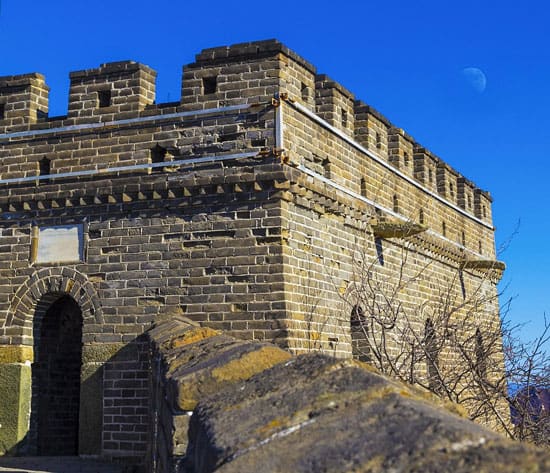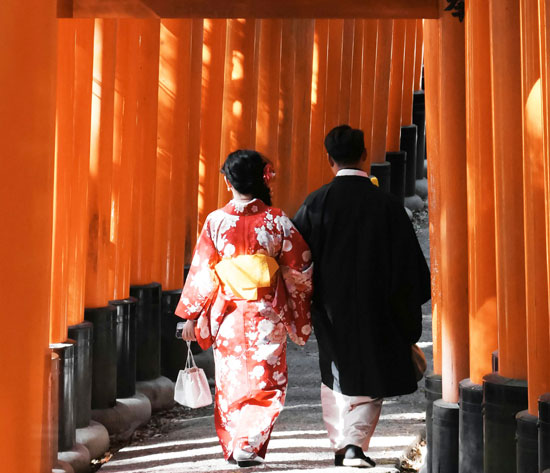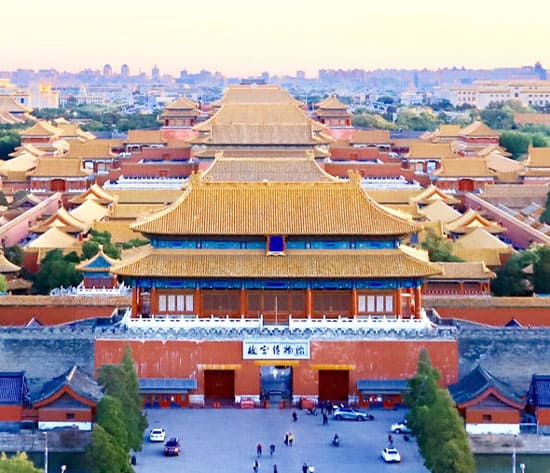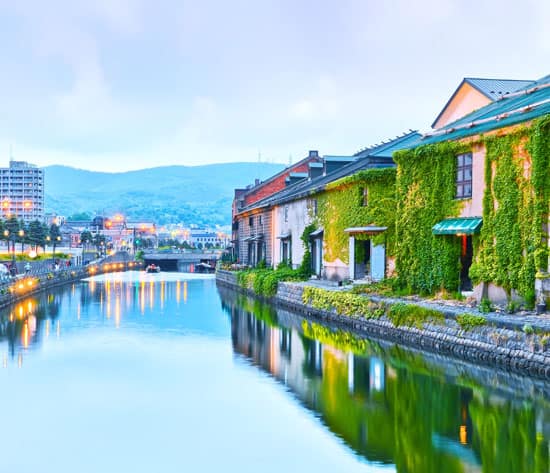The history of the construction of the Great Wall goes back 2,500 years. Although the Great Wall of China is one of the most incredible tourist attractions now, it was originally built to protect the territory against invasion from northern China. It was listed as one of the UNESCO World Heritage sites.
The Wall was not built in a day, crossing centuries, one of which was built in the Ming Dynasty (1368-1644 AD) and spent more than 200 years. According to historical records, there were more than 9 dynasties involved in the building, which means the Wall has witnessed the rise and fall of numerous dynasties. For such a vast undertaking, how does it stand still? And how old is the Great Wall of China today?
About how old is the Great Wall of China built, the earliest wall was built 2,700 years ago. The oldest Wall was not the Great Wall we see today. Owing to limited conditions and the construction material, the majority of sections were originally built with rammed earth and stone, and some of them were made of reed and willow, which have almost become ruins today. Because the material is not solid enough to resist rain and wind. Except for conscious protection by human beings, most of the Walls today were built with bricks and lime mortar with sticky rice, which is the main reason why the Great Wall still stands today.
The Chu Great Wall was Built in the 7th Century BC
Neither the well-known Qin Great Wall nor the popular Ming Great Wall, the earliest Great Wall was constructed in the Zhou Dynasty (1046 BC-256 AD), over 2,700 years ago, named Fang Cheng, which was considered the prototype of the building of the Wall, and located in current Nanyang, Henan. At that time, many states imitated the Chu state to build walls to defend invaders from other states and northern tribes. The most well-preserved sections of the Wall are part of the Daguankou Relics and surrounding relics, which are considered highly valuable.
After the First Emperor of the Qin Dynasty, Qin Shi Huang, unified China, he ordered the restoration and connection of previous walls on a large scale during his reign (221 BC), 2,200 years ago, forming a longer defensive wall. The Wall had been rebuilt and expanded by later dynasties many times. The relics currently lie in Lintao, Gansu, and Baotou, Inner Mongolia. After that, the longest section of the Great Wall was built in the Han Dynasty (202-220). The last time of its massive rebuilding was in the Ming Dynasty.
The Ming Dynasty Built during 1368-1644
The Great Wall we most frequently see and talk about today refers to the Wall built in the Ming Dynasty, known as the Ming Great Wall, such as Badaling, Mutianyu, Simatai, etc. It was more than 650 years old, and its construction lasted more than 200 years. Its total length is 8,851.8 km (5,500 miles).
Badaling, the most popular Great Wall, was built during the Warring States Period (770-221 BC). It was built with blue bricks and stones, which were considered the most iconic Ming Great Wall. Later, it was strengthened in 1567, about 450 years old, by Qi Jiguang(the General of the Ming Dynasty) to protect the country against invasion from the northern tribes.
The construction of Mutianyu can be traced back to 1368, more than 600 years ago in the Ming Dynasty, known as its steep terrain. It was built by Xu Da, the famous general in the Ming Dynasty, who was ordered to oversee the construction by Emperor Zhu Yuanzhang. In 1569, Mutianyu Great Wall was renovated by the general, Qi Jiguang.
There are other numerous sections of the Ming Great Wall well-preserved, such as Simatai, Shanhaiguan, Jinshanling, Jiayuguan, etc., one of which, Simatai and Jinshanling located in Beijing was built in the early Ming Dynasty, about 650 years ago. Shanhaiguan sat in Heibei province was built in the early Ming Dynasty as well, which is 640 years old. Jiayuguan was in Gansu, first built in 1372 and was expanded in 1539, which is 650 years old, ten years older than the former.







Have a Question?
You might see your comment appear on this page, but your email address and full name will not be published. Your personal information will remain confidential. Our Asia travel experts will get back to you as soon as possible. Required fields are marked *